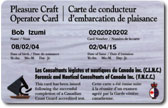
Canadian Coast Guard Auxiliary - Central & Arctic
Volunteer Marine Search and Rescue
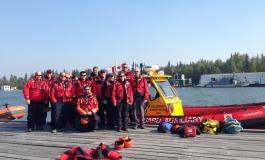
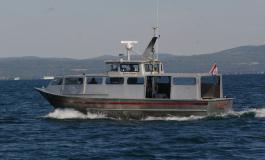
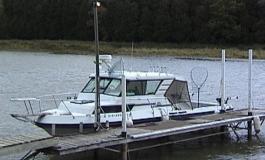
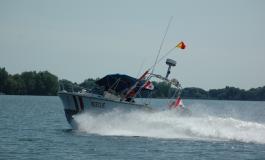

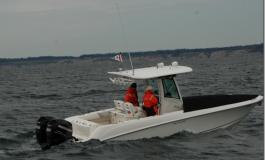
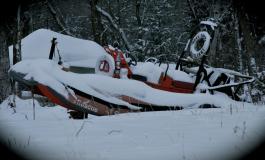
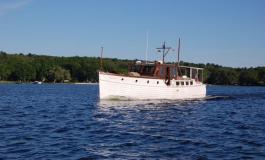
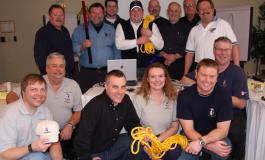
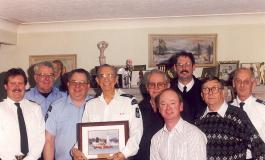
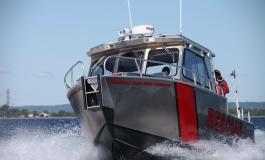
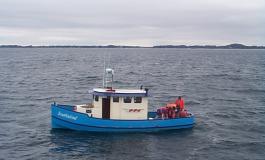
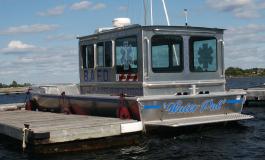
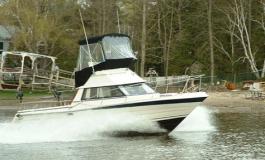
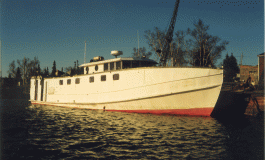
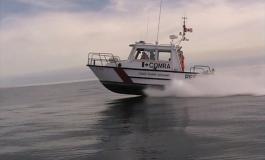
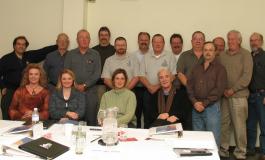
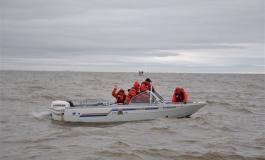
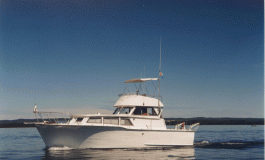
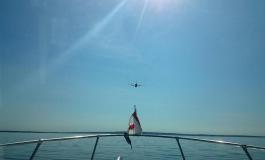
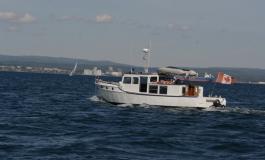
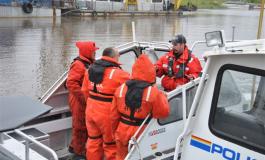

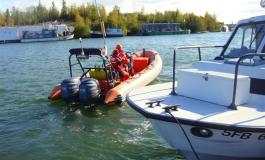
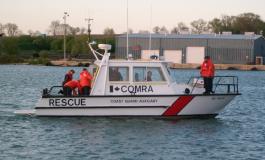
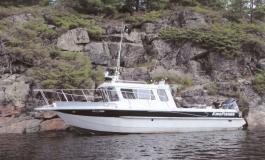
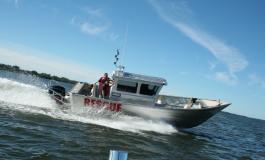
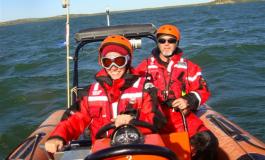
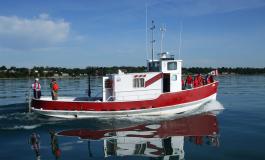
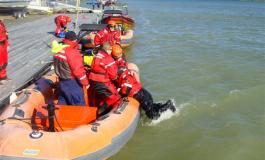
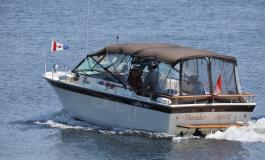
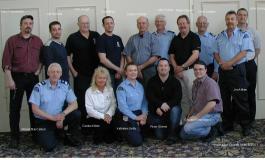
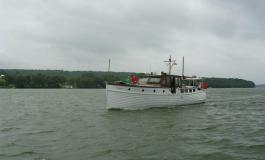

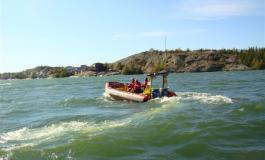
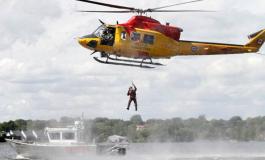
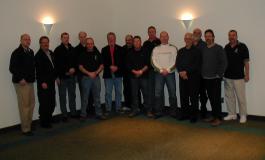
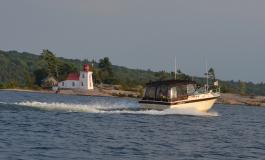
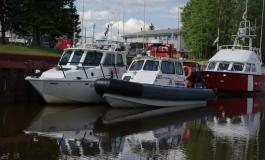
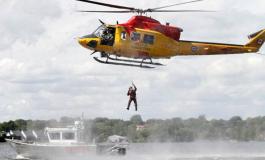
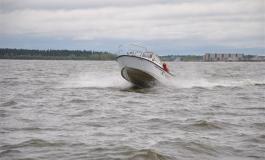
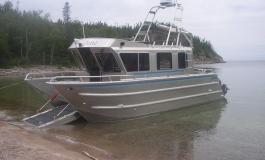
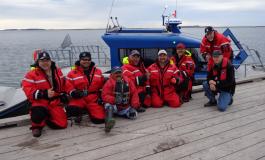
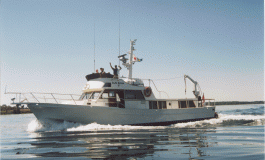
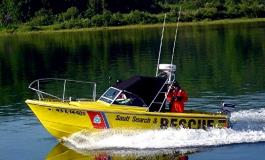
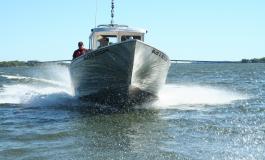
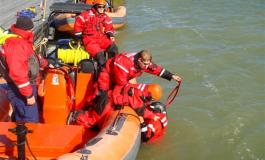
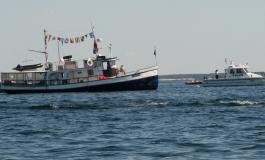
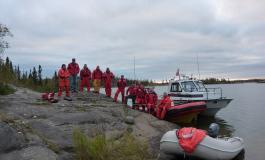
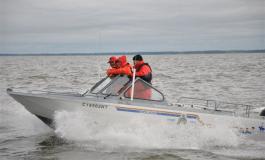
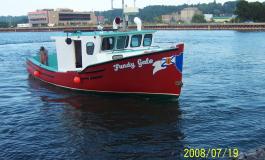
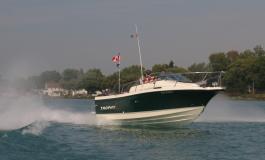
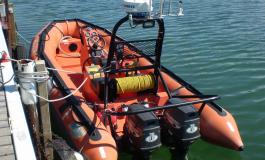
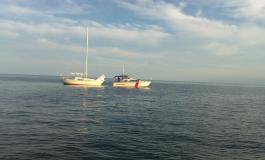
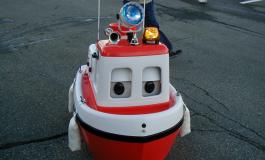
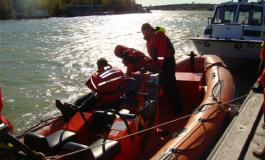
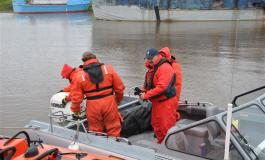
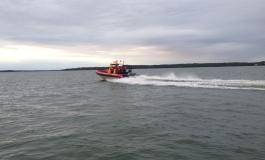
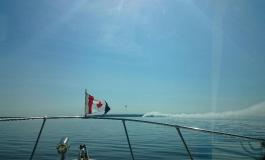
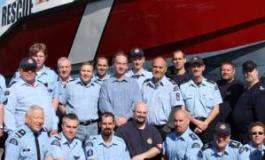
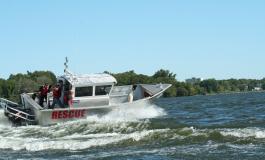
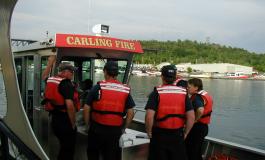
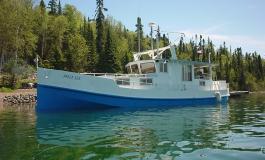
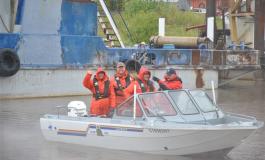
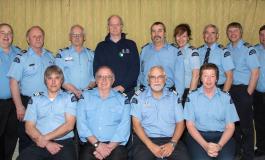
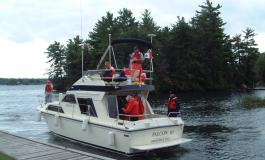
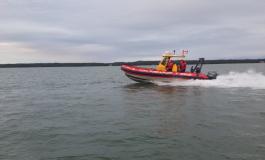
Pleasure Craft Operator Competency Card
When do I need to get a card?
The Competency of Operators of Pleasure Craft Regulations require operators of pleasure craft fitted with a motor and used for recreational purposes to have proof of competency on board at all times. These requirements are being phased in over ten years (see table).
| How this applies to operators** of pleasure craft fitted with a motor and used for recreational purposes | Date at which proof of competency required on board |
|---|---|
| All operators born after April 1, 1983 | September 15, 1999 |
| All operators of craft under 4 m in length, including personal watercraft | September 15, 2002 |
| All operators | September 15, 2009 |
* These requirements apply in areas outside the Northwest and Nunavut Territories at this time.
** Applies to non-residents of Canada and whose pleasure craft is in Canada more than 45 consecutive days. Operator card or equivalent issued to a non-resident by their state or country will be considered as proof of competency.
Tip: Certificates for boating safety courses completed before April 1, 1999 will be recognized. If you´ve already taken a course prior to these regulations - and have proof - then that course certificate or card will be accepted as proof of competency!
Proof of competency can take 1 of 3 forms:
* proof of having successfully completed a boating safety course in Canada prior to April 1, 1999;
* a pleasure craft operator card issued following the successful completion of a Canadian Coast Guard accredited test;
* a completed rental-boat safety checklist (for power-driven rental boats).
The operator card is good-for-life.
How do I get a card?
Boaters can obtain their card after receiving a mark of at least 75% on a Canadian Coast Guard accredited test. Boaters have the option of taking this test without first completing a course. Accredited tests are offered by each accredited course provider.Why take a boating safety course?
- To improve the safety of all boaters and the boating environment.
- To get your Pleasure Craft Operator Card as required by the regulation.
- To learn about your responsibility
- To make your boating experience enjoyable for everyone.
What is covered during a course?
The course covers a full range of basic boating information such as:- minimum safety equipment requirements required on board your boat
- the Canadian Buoy system
- how to share waterways
- a review of all pertinent regulations
- and how to respond in an emergency situation
